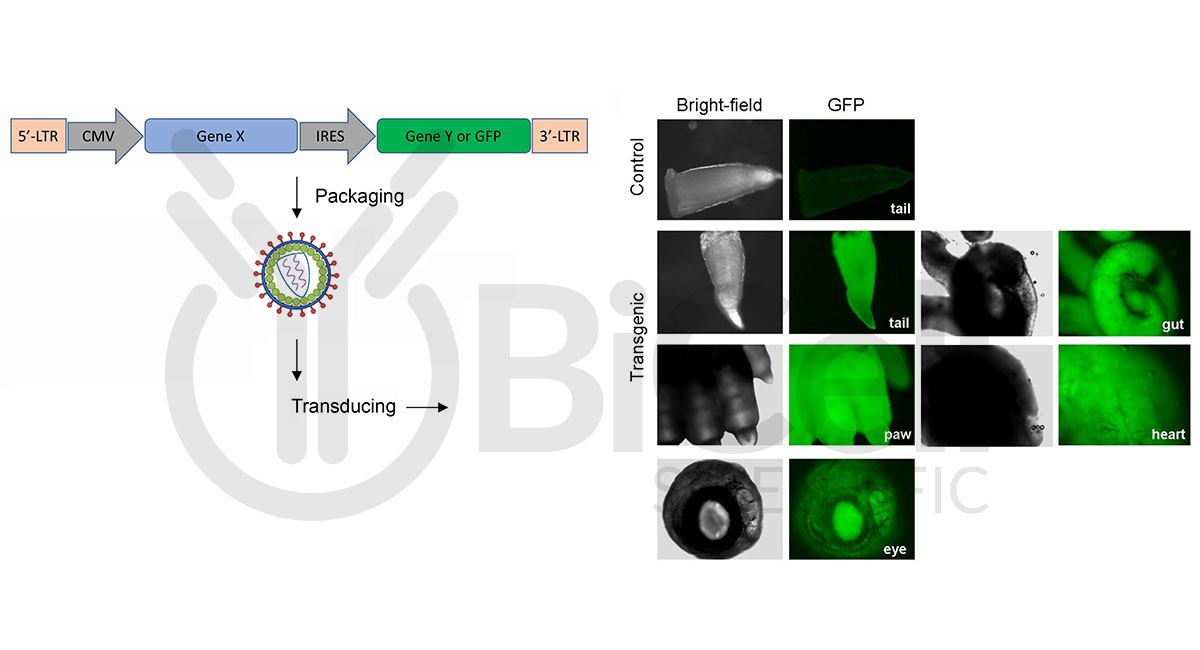Annotation of neuromuscular junction and basement membrane with anti-LAMB2 antibody
Protein Atlas During DevelopmentThe neuromuscular junction Expand Figure legend Anti-LAMB2 antibody labels the basement membrane surrounding the muscle cells in the neuromuscular junction (NMJ) of a mouse embryo at E15.5. The dorsal root ganglion Expand Figure legend Anti-LAMB2 antibody labels the basement membrane surrounding the nerve fibers in the dorsal root ganglion of a mouse embryo at E15.5. […]






